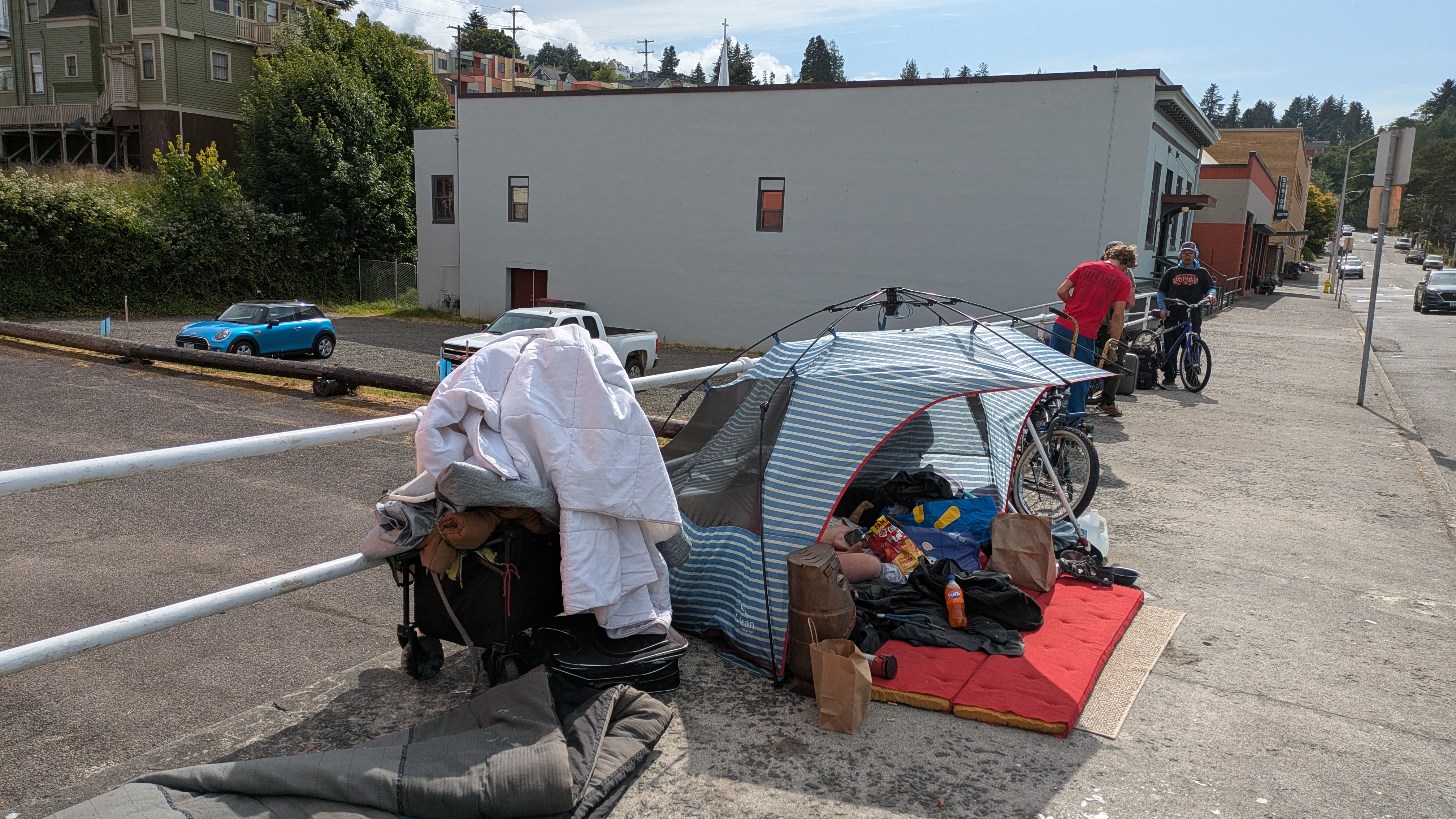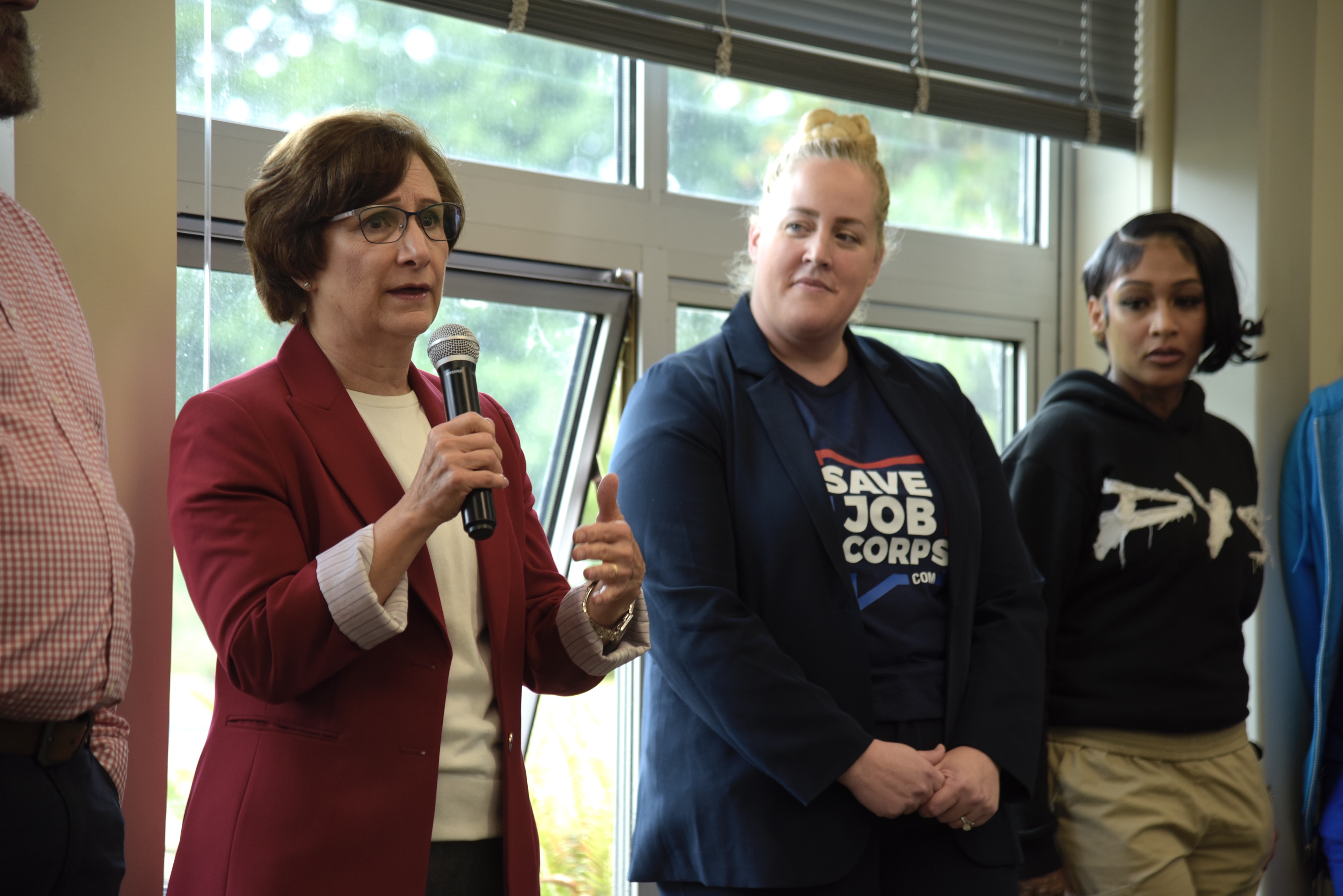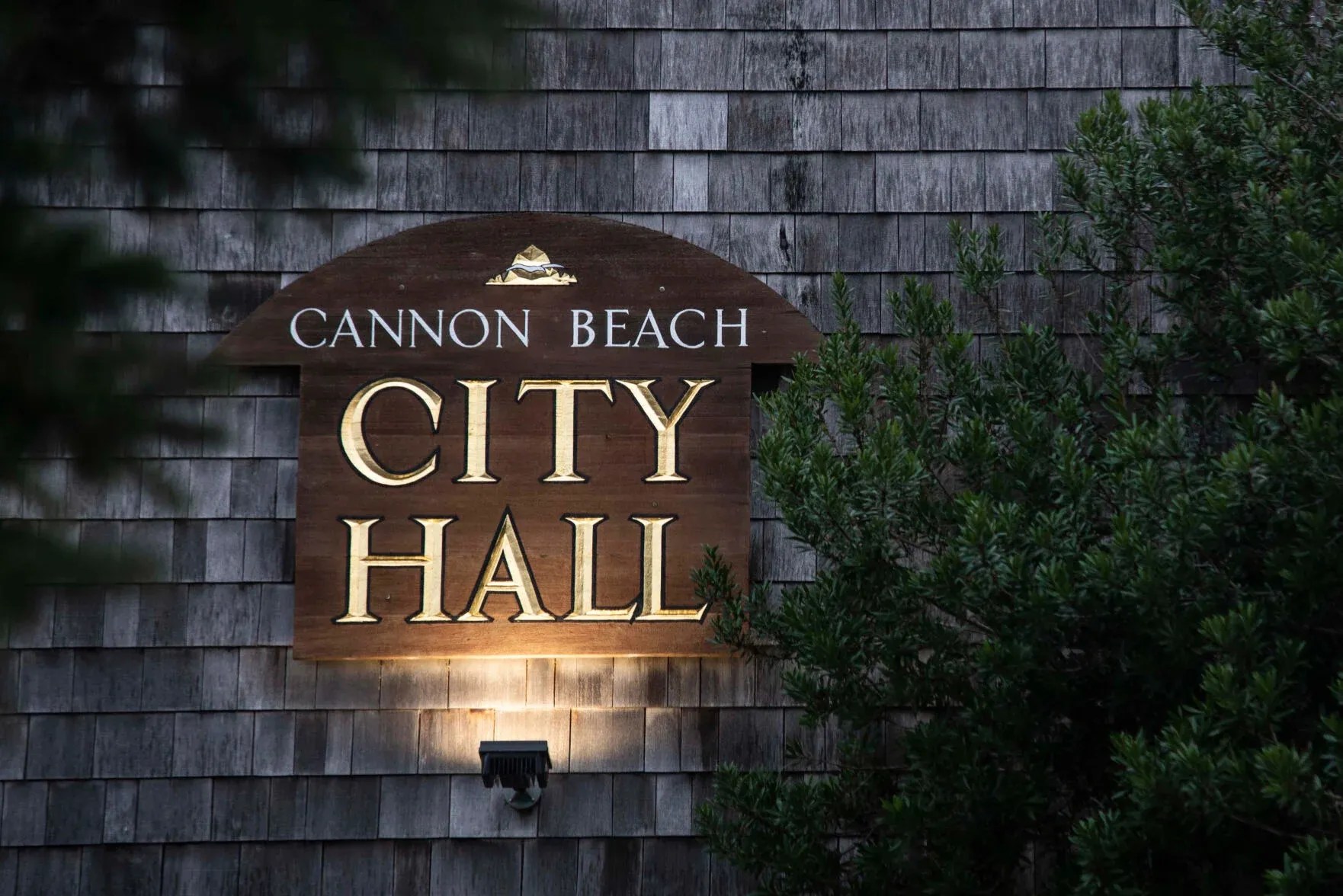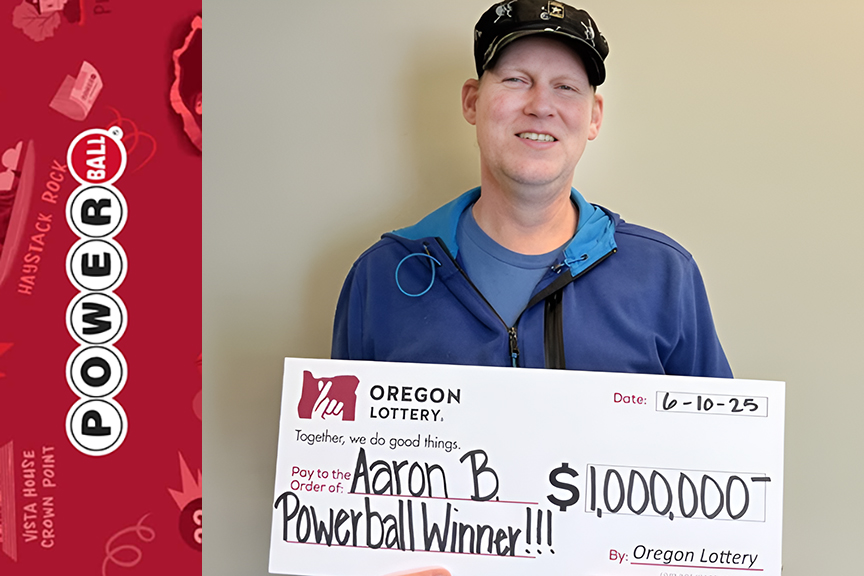Local doctor shines a light on Haiti’s dark situation
Published 5:00 pm Tuesday, March 30, 2010
BONNE FIN, Haiti – Every patient at Hospital Lumiere had a horrific story to tell.
Crushed bones, lost limbs and flesh wounds consumed by infection – those were just the physical traumas.
One woman clawed her own arm off with her fingernails to escape the wreckage of Haiti’s debilitating earthquake in January. Another was buried for days before her family dug her out. A 12-year-old boy saw his parents and siblings crushed when their house collapsed. Only he and his uncle survived.
But at night, lying in sparse metal beds, on linens supplied by their families, survivors throughout the hospital would be singing as Astorian Dr. Robert Holland made his rounds. Holland, a gynecologist at Columbia Memorial Hospital, returned to Astoria Thursday after spending three weeks of his vacation time helping injured patients in the Haitian village of Bonne Fin, about a six-hour drive southwest from the capital city, Port au Prince.
In the stripped-down missionary hospital, he served as one of few surgeons. He volunteered to join the 13th disaster response team from Medical Teams Northwest, a humanitarian nonprofit based in Portland. From 7:30 a.m. to midnight, he treated 10 to 15 patients a day at Hospital Lumiere – “Hospital of Light,” as it translates from Creole.
Located in the town of Bonne Fin – Creole for “Happy Ending” – the hospital had concrete walls and windows without screens or glass. It had one X-ray machine and no running water or toilets. The IV stands were crusted with rust and blood.
“We lived with bottles of Purell,” Holland said. “You can’t just wash your hands. It was hot, stuffy and smelly. Families supplied bedding and food. It’s not what Americans think of as a hospital.”
Clicking through pictures in Astoria Friday, Holland described his working conditions in the bare, dimly lit rooms.
“The emergency room looks better than it is,” he said. “It was really dirty. You were holding X-rays up to whatever light you could see.”
The patients arrived at the hospital in wheelbarrows and on the beds of pick-up trucks, some with earthquake injuries still untreated two months after the fact.
One man showed up with a broken neck and his left eyelid splayed open – all the skin around his eye socket had peeled off in a motorcycle accident. Holland helped stitch his face back together.
One man died of a closed head injury because there was no place to send him for better care.
One baby was born; Dr. Holland delivered.
Volunteer doctors worked with one resident Haitian doctor to seal massive wounds and sponge out puss. When infection spread beyond repair, they amputated.
They convinced a man he would have to give up his leg if he wanted to live. The steel rods installed to repair his leg bones had led to a massive infection.
“He was on the verge of death, and he wouldn’t agree to amputation,” said Holland. When he finally consented, doctors spent an hour amputating the leg and cutting away dead tissue until they found live muscle.
Every day they would scrape out more, repack the wound and close it up again.
“It stunk to high heaven,” Holland said.
At night, the tarantulas came out.
“People ask me if I had fun on my trip,” Holland said. “Well, not exactly. You don’t go there to make friends. You go to do some good. … It made a big impression on us. It made most of your day-to-day problems look small.”
There were 70 patients in the hospital when he arrived and around 40 when he left. Holland said there were some successes, but even successful treatment wouldn’t help the patients survive in the impoverished country long term.
“We might have saved these people’s lives, but for those who lost legs, that’s a big deal. They’re pretty helpless,” he said. “If you don’t have family, you’re dead.”
Two 10-year-old girls, one with a “horribly infected open femur fracture” and one with a tibia/fibula fracture, were given new hope when volunteers with Holland’s group managed to get them admitted to a hospital in San Antonio, Texas.
“There was a good chance they were going to lose their legs,” he said. “The only chance to save them was to take them to the U.S. … It’s rare for this hospital to get anybody out. We just happened to know the right people who knew some people.”
Holland and seven other volunteers were fortunate to have their own bunks in a nearby missionary house with cold running water, somewhat reliable electricity and a cook who served three meals a day. They walked an eighth of a mile up the hill to the hospital in the morning and back down at midnight.
“We were exhausted,” he said. “It was hot and muggy, but I don’t remember ever a cross word spoken.”
They flew from Port au Prince in a Kodiak plane, discarding 200 pounds of excess luggage to meet weight restrictions.
Then they piled into the back of a pick-up and started the bumpy 90-minute drive to Bonne Fin.
“My back still hurts from that drive,” Holland said.
Holland pointed out a few shots he took in Port au Prince showing people living in tents alongside piles of rubble.
“Every street corner is like this,” he said.
Holland took only a few discrete pictures, out of respect for people’s suffering in Haiti.
“It was amazing to me in a way for such a poor country having to bulldoze over everything, they were doing it with a lot of dignity,” he said. “They were exceedingly sensitive to the fact that some areas are basically mass graves and people are digging through rubble for their family members.”
The country will be in desperate need of medical expertise for a long time, Holland said.
In a month, the rainy season will start, and communicable diseases will run rampant as the country’s leadership continues the arduous process of rebuilding.
January’s earthquake killed many of the Haitians who would have led the recovery and rebuilding effort.
“A lot of health care facilities were damaged,” Holland said. “When the state-supported medical school was destroyed, two years of medical students were killed – all wiped out by the collapse of the facility. And there were very limited medical facilities available to begin with.”
In a little less than a month, another Columbia Memorial Hospital doctor will join the medical response effort. Dr. Katrina McPherson, a pediatrician, is traveling to Haiti through the University of Miami’s Project Medishare at the end of April.
Before moving to Astoria in July, McPherson lived in Miami and worked at Jackson Memorial Hospital and Miami Children’s Hospital, where she interacted with the large Haitian population and learned to speak Creole.
“I feel like it’s important for me to go because I have a lot to offer them,” she said. “There will be a big need for pediatricians. About 40 percent of the population of Haiti is children.”
McPherson doesn’t know yet where she will be stationed, but she anticipates to see a lot of illness among the country’s children.
“I expect to see a lot of infections, dehydration, malnourishment,” she said. “If it’s early enough, hopefully we can help them. In poor countries, a lot of the time, people wait before they come and look for medical care.”





